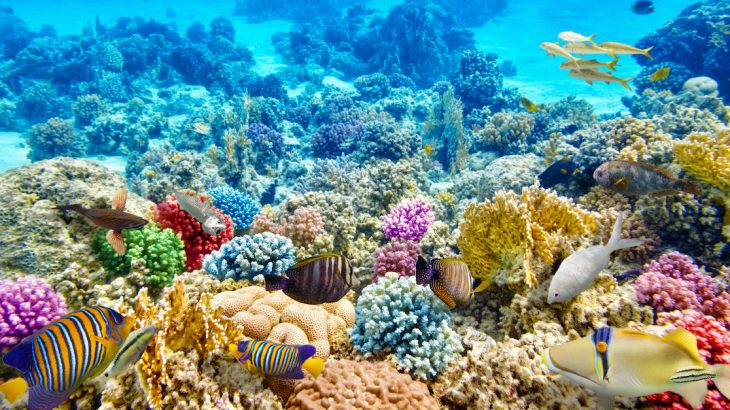UPSC Articles
Significance of Dead Coral Reef
Part of: GS Prelims and GS-III – Environment; Biodiversity
In news
- According to a recent study by researchers from University of Queensland (UQ), Australia, more life can be supported by dead coral remains than live corals.
Key takeaways
- The researchers designed three-dimensional-printed coral stacks called RUbble Biodiversity Samplers (RUBS) to survey cryptic organisms.
- The researchers found the missing link in the coral reef food webs.
- This data fills important knowledge gaps, such as how small cryptic animals support coral reefs from the bottom of the food chain, all the way up to bigger predators
Important value additions
Coral Reefs
- They are large underwater structures composed of the skeletons of colonial marine invertebrates called coral.
- Corals extract calcium carbonate from seawater to create a hard, durable exoskeleton that protects their soft, sac-like bodies.
- These exoskeleton remains of millions of corals pile up with time to form coral reefs.
- The corals have a symbiotic relationship with algae called the zooxanthellae.
- These algae live inside the coral polyp’s body and provide the coral with food. The polyps, in turn, provide a home and carbon dioxide for the algae.
- These algae are responsible for the variety of colours of corals.
Do you know?
- Coral reefs cover less than 1% of the ocean floor but they are among the most productive and diverse ecosystems on Earth.
- They are referred to as “the rainforests of the sea” for their biodiversity,
- When corals become stressed due to any changes, including pollution or global warming, they can expel algae and get bleached, meaning the ‘death’ of the coral reef.
- Dead coral reefs support cryptic organisms like hidden sea creatures, including fishes, snails, tiny crabs and worms, who hide under its rubble to save themselves from predation.

Image source: Click here














